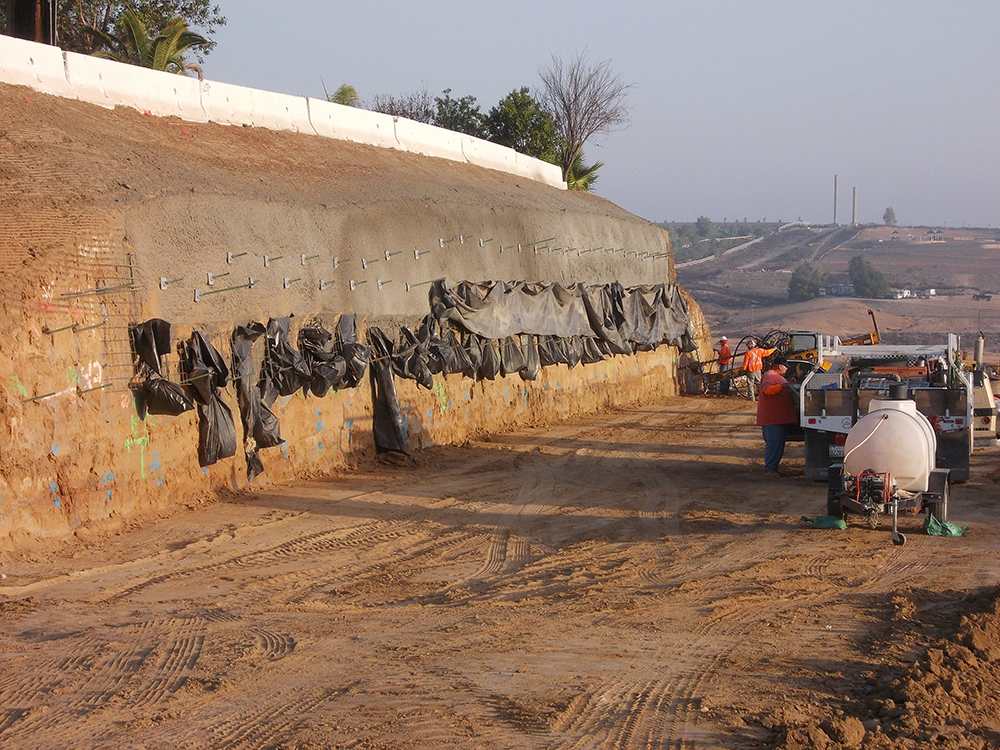The Project.
As Temecula expanded, there was no north-south direct route on the eastern part of the City, and with a growing population and traffic for the Wine County, this new four lane road would relieve the congestion. Planned in two phases, the new 2.5-mile road links the north-south Butterfield Stage with Murrieta Hot Springs and Nicolas roads, which run east-west.
Client:
City of Temecula
Location:
Temecula, CA
Services:
- Geotechnical
- Geotechnical Testing
- Special Inspection
- Materials Testing
Project Fact:
The Butterfield Stage Road extension has been long awaited for by the residents in the neighboring areas.
The Leighton Solution.
Leighton completed a preliminary geotechnical evaluation and plan review for the entire alignment of Butterfield Stage Road from Rancho California Road to Murrieta Hot Springs Road for the City of Temecula. The area was previously rough graded, but existing documentation was not sufficient for construction drawings. Leighton’s site investigation included review of 40 scale plans, 17 borings, 36 backhoe trenches; laboratory testing; slope stability analysis; and a geotechnical report.
Prior to construction on the Phase II segment, Leighton met with the City’s project manager to discuss Phase II construction sequence and earthwork concerns. As a result of this meeting, Leighton prepared an independent earthwork quantity estimate for the current Phase II segment. Earthwork volume estimates were prepared for planned cut, fill, and remedial overexcavations. Based on those analyses, the overall earthwork, including the needed site import, was developed and included in project documents.
On Phase II we performed field observation and compaction testing during rough grading over 4,600 lineal feet of new roadway requiring over 323,000 cubic yards of compacted fill, underground utilities and over 4,100 square foot Soil Nail retaining wall construction. Leighton’s geologist provided confirmation and mapping of overexcavation of unsuitable materials and mapping of all cut slopes and retaining wall back-cut excavations for slope stability and retaining wall stability confirmation. Our technicians also observed and sampled contractors’ offsite import sources.



